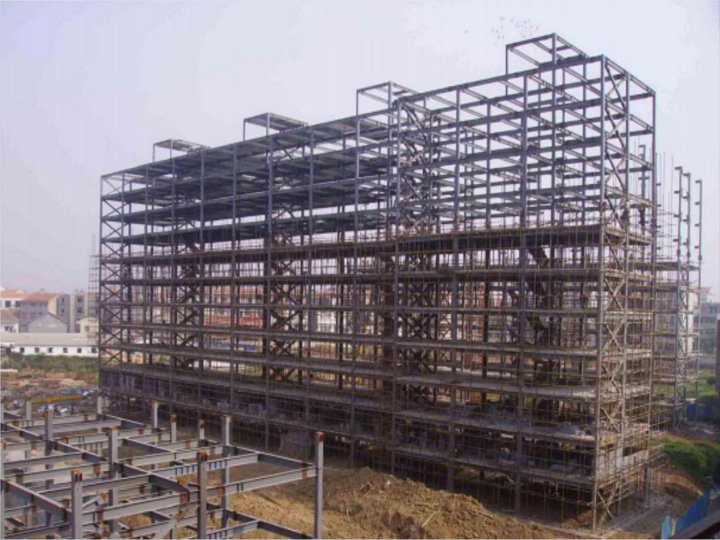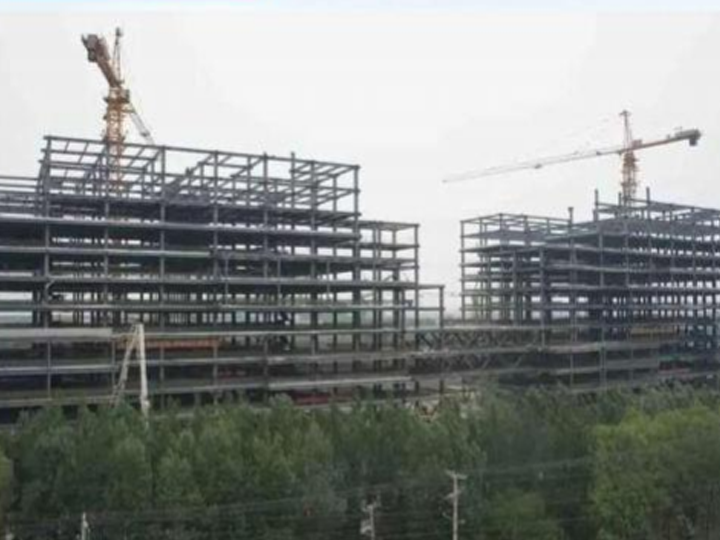Steel structures are widely used in high-rise buildings because they have a series of advantages and a specific set of working principles to ensure their stability and safety. The following is an overview of the working principles and advantages of steel structure high-rise buildings:
working principle
Structural stability:
Overall stability: Ensure that the entire structure does not experience instability under various loads.
Local stability: Ensure that each component in the structure (such as beams and columns) does not experience local instability when subjected to loads.
Load transfer:
The load is transmitted from the upper part of the building to the lower part through the components in the structure, such as beams and columns, until it reaches the foundation.
The connection method (such as welding, bolt connection) is crucial for the effective transmission of loads.
Component design:
When designing, it is necessary to consider the strength, stiffness, and stability of the components.
It is necessary to ensure that each component meets specific design standards and safety requirements.
Fireproof and anti-corrosion treatment:
Additional protective measures are usually required, such as coating with fire-resistant coatings or wrapping with refractory materials, to improve the fire resistance performance of the structure.
Measures also need to be taken to prevent corrosion, such as using galvanized steel or coating with anti-corrosion materials.
advantage
High recycling efficiency:
Steel can be completely recycled and reused, reducing resource waste.
Energy conservation and environmental protection:
The manufacturing process is easy to adopt industrial production.
Dry construction can reduce water resource consumption and lower construction waste and environmental pollution.
Short construction period:
Steel structural components can be prefabricated in the factory and quickly assembled on site, greatly reducing the construction period.
Good seismic performance:
Steel structures have good ductility and tensile strength, which can absorb seismic energy and improve seismic resistance.
Light weight and high strength:
Compared to concrete structures, steel structures have a lighter weight but a stronger load-bearing capacity.
A lighter weight means that it can reduce the burden on the foundation and sometimes lower the cost of the foundation.
Increase usable area:
Due to the thinner components of steel structures, they can increase the effective usable area of buildings.
Flexible layout:
Steel structures allow for larger open space designs, improving spatial flexibility and utilization efficiency.
Good sealing performance:
Steel structures can achieve better air and water tightness, which helps to save energy.
Good heat resistance:
Within a certain temperature range, steel can maintain its properties, but additional fire prevention measures are required.
In summary, steel structures are highly favored in high-rise buildings due to their high strength, lightweight, fast construction, and excellent seismic performance. These characteristics make steel structures an important choice in the design of modern super high-rise buildings.

